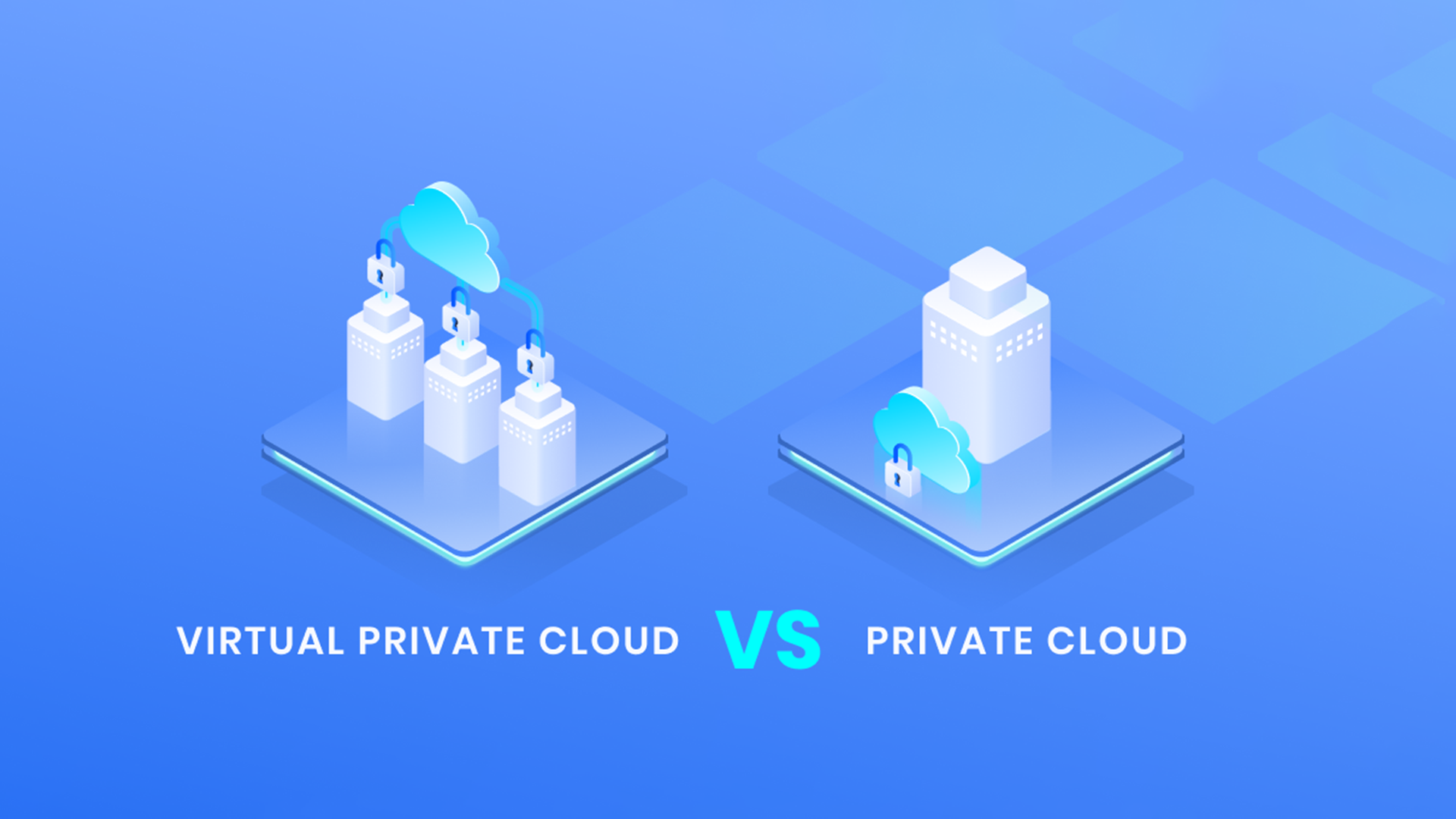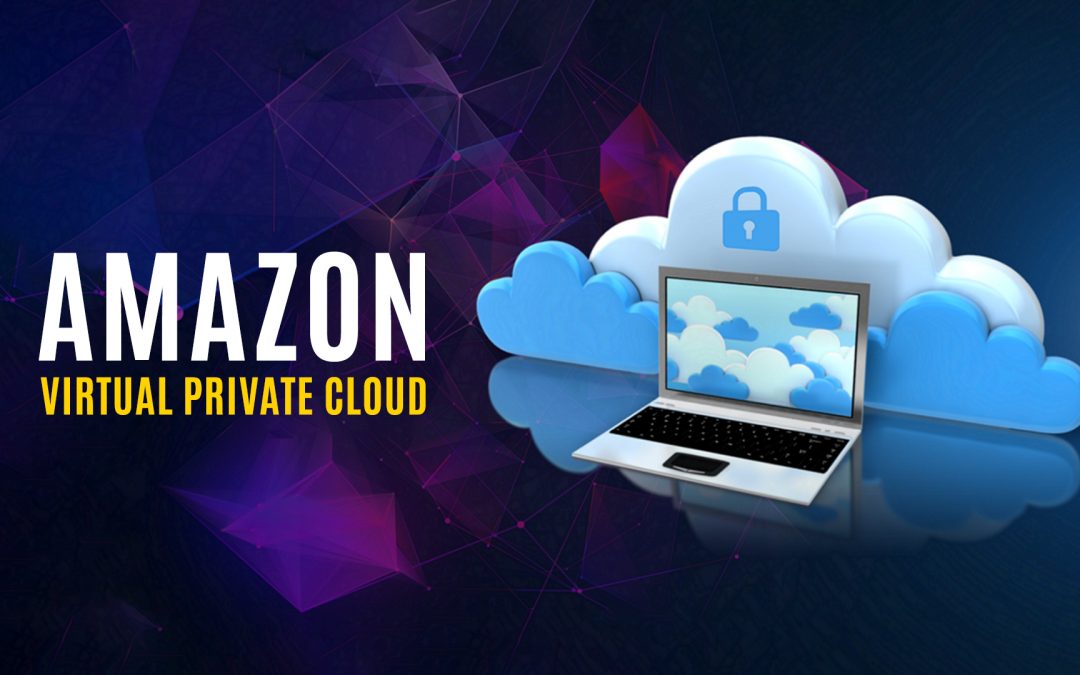Amazon Web Services offers an Amazon Virtual Private Cloud (VPC) which is a virtual private cloud that can be created using their infrastructure. When you use an Amazon VPC, you have the ability to fully customize your virtual network by creating subnets, setting up routing policies, and establishing security policies. Additionally, you can make use of various AWS cloud services such as AWS Auto Scaling and Elastic Load Balancing.
To ensure your network is secure and meets your compliance standards, Amazon VPC provides tools such as network access control lists, network firewalls, network access groups, and network security groups. Advanced features like elastic IP addresses and route propagation are also available with Amazon VPC.
Utilizing a Virtual Private Cloud (VPC) has several benefits. Firstly, an Amazon VPC allows you to set up a private and secure AWS environment that is separate from other AWS customers. By creating resources like subnets, you can limit access to only those who are part of your VPC. You can also connect your Amazon VPC resources to external resources using an internet gateway. In addition, an Amazon VPC provides security at the infrastructure level by giving you complete control over who has access to your data and resources. By using an Amazon VPC, you can quickly set up resources in a virtual network with fine-grained access controls, without relying on your physical network. This makes it an excellent tool for creating secure development, testing, quality assurance (QA), and production environments.
VPC vs. Private Cloud

AWS VPC is a way of dividing AWS resources into logical subdivisions. Within a VPC, resources like subnets, route tables, security groups, and Internet access control lists are defined. VPCs offer the ability to place resources in different subnets and public or private web properties, as well as implement security and network policies.
On the other hand, a private cloud refers to a set of virtual computers that are exclusively owned and managed by a single organization. With a private cloud, the company has full control and access over the resources at all times. Private clouds are generally considered to be more secure, cost-efficient, and manageable than public clouds.
Amazon VPC Features
Virtual Private Clouds (VPCs) offer a range of features that you would expect from a managed cloud environment. These include routing capabilities that allow VPCs to be configured with public or private IP addresses and connected to other VPCs via inter-VPC routing.
Each VPC is logically separated from the rest of the AWS resources, and has its own IP address range. VPCs have both public and private subnets. Public subnets are used for internet-bound traffic, while private subnets handle internal traffic.
VPCs also offer gateways and endpoints that allow resources within the VPC to communicate with resources outside of the VPC. Gateways provide a connection to the internet, while endpoints enable communication between resources in different VPCs without using internet-based endpoints.
Peering connections can be created between VPCs within the same or different accounts, enabling resources within the VPCs to connect with each other without the need for internet-based endpoints. This provides a faster and more secure way of connecting VPC resources.
Traffic mirroring is another feature of VPCs that allows network traffic from one or more virtual machine instances to be copied to another VPC. This feature can be used for testing updates, new features, or troubleshooting problems without affecting production instances.
Transit gateways provide a one-way connection from VPCs to resources outside of AWS, providing an extra layer of security for Amazon Elastic Compute Cloud (Amazon EC2) resources. These gateways require mutual authentication before establishing a connection, and resources outside of AWS can initiate connections into AWS resources through the transit gateways. However, EC2 instances in AWS resources cannot create relationships with resources outside of AWS through transit gateways.
 Finland
Finland Bangladesh
Bangladesh
